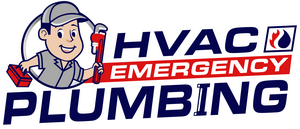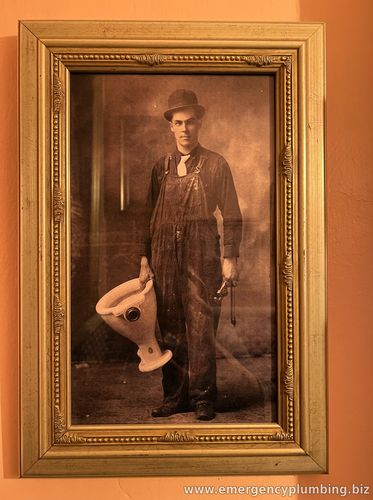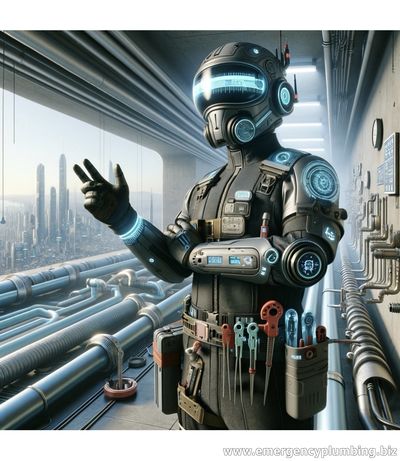2:01 PM The journey of plumbing from its early days in the 1800s to 2100s | |
Plumbing is a profession that has seen significant evolution from the 19th to the 21st century, reflecting broader changes in technology, society, and environmental awareness. The journey of plumbing from its early days in the 1800s to the sophisticated systems and practices of the modern era.
The 19th Century:
Foundations of Modern Plumbing In the 19th century, the Industrial Revolution brought about significant changes in living conditions, with more people moving to cities. This period marked the beginning of modern plumbing systems as we know them. Key developments included: - **Introduction of Indoor Plumbing:** The concept of indoor plumbing became more widespread, with the installation of the first flush toilets and piped water systems in homes. This was a luxury at first, available only to the wealthy. - **Public Sanitation Movement:** Cholera outbreaks and other public health crises led to a greater focus on sanitation. This period saw the construction of large-scale sewer systems in major cities to manage waste more effectively and reduce the spread of disease. - **Material Innovation:** Lead pipes were commonly used due to their flexibility and ease of installation. However, the health risks associated with lead were not fully understood at the time.
Transition into the 20th Century
As the 20th century progressed, advances in materials science and an increased understanding of public health led to significant changes in plumbing practices:
- **Replacement of Lead Pipes:** With the discovery of lead's toxicity, materials like copper, and eventually plastic (PVC and PEX), began to replace lead in plumbing systems. - **Standardization of Plumbing Codes:** The establishment of standardized plumbing codes helped ensure safer, more reliable plumbing systems. These codes regulated materials, installation practices, and system design.
The 21st Century
Innovation and Sustainability The 21st century has brought with it a focus on sustainability, efficiency, and technological innovation in plumbing: - **Water Conservation:** Modern plumbing systems are designed with water conservation in mind, featuring low-flow toilets, faucets, and showerheads. Rainwater harvesting and greywater systems are becoming more common in residential and commercial buildings. - **Smart Plumbing Technology:** The integration of smart home technology into plumbing systems allows for real-time monitoring of water usage, leak detection, and even remote control of fixtures, enhancing efficiency and convenience. - **Environmental Awareness:** There is an increased emphasis on reducing the environmental impact of plumbing systems. This includes using materials that are less harmful to the environment and systems designed to minimize waste and conserve water.
The evolution of plumbing from the 19th century to today reflects broader societal changes, including urbanization, technological advancement, and a growing commitment to public health and environmental sustainability. Modern plumbers are not just tradespeople but are also technicians and environmental stewards, playing a crucial role in ensuring the health, safety, and well-being of society. As we look to the future, the plumbing profession will continue to adapt and innovate, facing challenges such as water scarcity and climate change head-on.
This article is brought to you by Emergency Plumbing in Highland Park Illinois. Trusted plumbing services provide for local communities in North Shore and Northwest suburbs of Chicago. | |
⏰ Dispatcher support 24/7
📞 224-754-1984CALL ☎ Subscribe 👆 FORUM 🗣
North Shore, Northwest suburbs of Chicago, IL
Next & Previous posts
| Total comments: 0 | |



